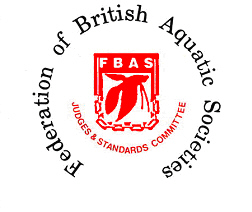



When purchasing tropical fish, take with you an old towel and a black carrier bag. The store owner will bag them up in a clear plastic bag with usually a blast of oxygen in the bag. Wrap the insulating towel around the bag and place it in the black bag (keeping the fish in darkness reduces stress) and get them home as soon as possible.
TRANSPORTING COLDWATER FISH
Many of the so-called coldwater fish can also be transported as above without the insulation. Goldfish and similar sized fish are best transported in fish buckets, of a type similar to the five litre tubs in which paint or emulsion is sold. These must have a tight fitting lid and, as they are often made of a white polyurethane material, the outside and the lid are best painted black or the bucket carried in a black plastic bag, so that the fish is not stressed.
Unless one is fully competent in handling fish then a suitable size net should be used to transfer the fish from the bucket to the aquarium or pond.
INTRODUCING THE FISH
Make the process of introducing fish into the home aquarium as smooth as possible.
Equalise the water temperatures of the transportation bag to that of the aquarium itself by floating the bag in the tank for at least 20 minutes before gently releasing the fish into its new home.
It is a good idea to feed all the fish when introducing fish for the first time (or new fish later on); a small amount of Daphnia will help to settle them down.
For the first introductory fish, the new aquarium will become its own quarantine tank but, once the aquarium community has become established, it is important that steps are taken to prevent disease being introduced with any new fish that may be added in the future.
It is recommended that all new fish acquisitions are quarantined in a separate aquarium (set up to the same conditions as the main aquarium) for at least two weeks. During this time, any diseases that manifest themselves can be treated accordingly, without putting the main collection at risk.
The quarantine tank need not be of the same size as the main aquarium as it will only be called upon to hold a small number of fish at any one time.
It should not contain gravel or natural plants; it can have a collection of plastic plants, plastic pipes and even rocks to make the fish more comfortable or provide hiding places. These can be washed in disinfectant and thoroughly rinsed through as necessary. When not in use, the quarantine tank can be used as a 'hospital tank' for the treatment of any fish that might fall ill.
© FBAS 2006 RDE/RCM
Last updated March 2006